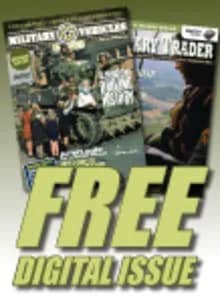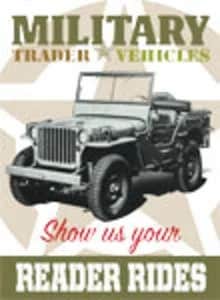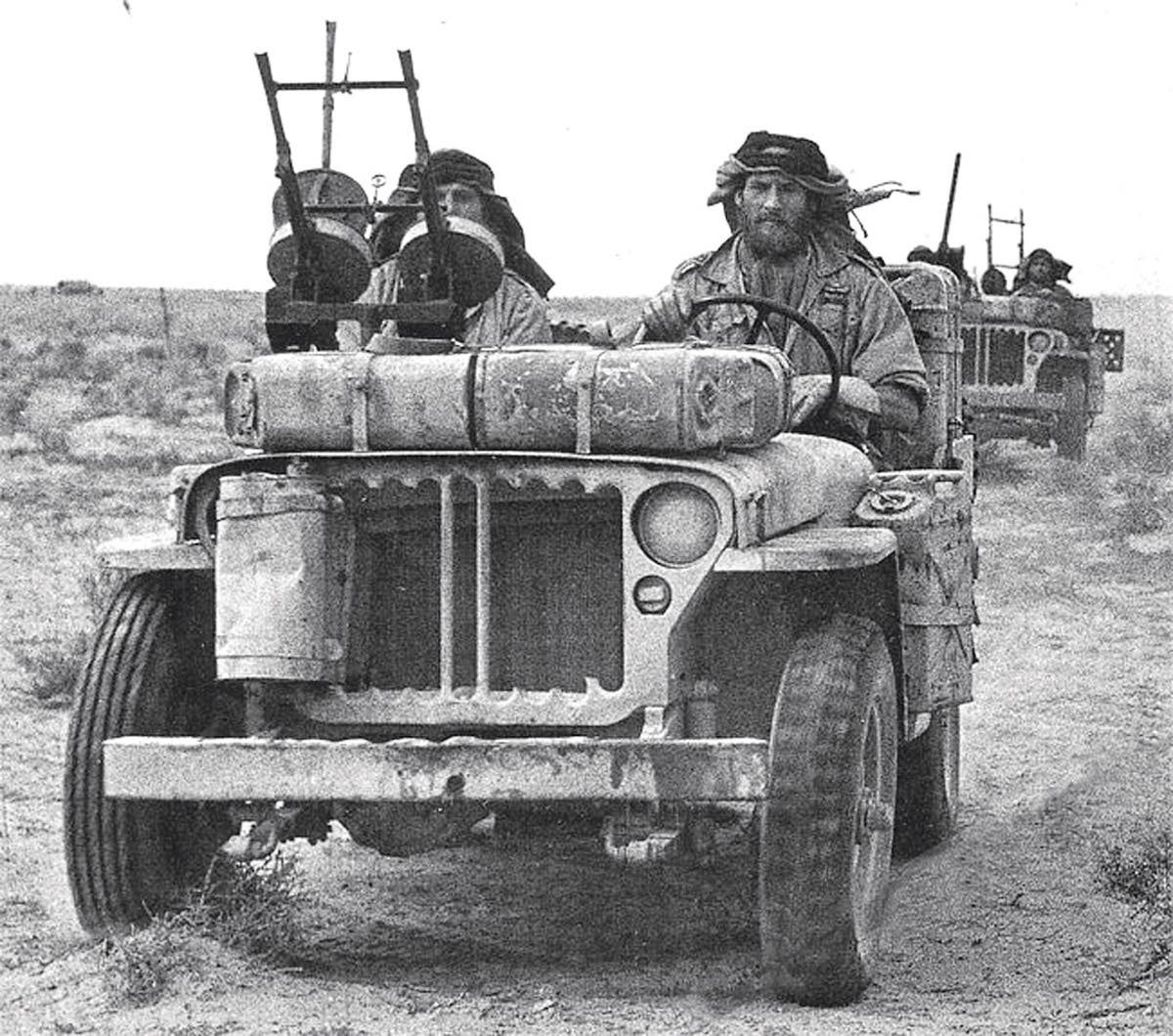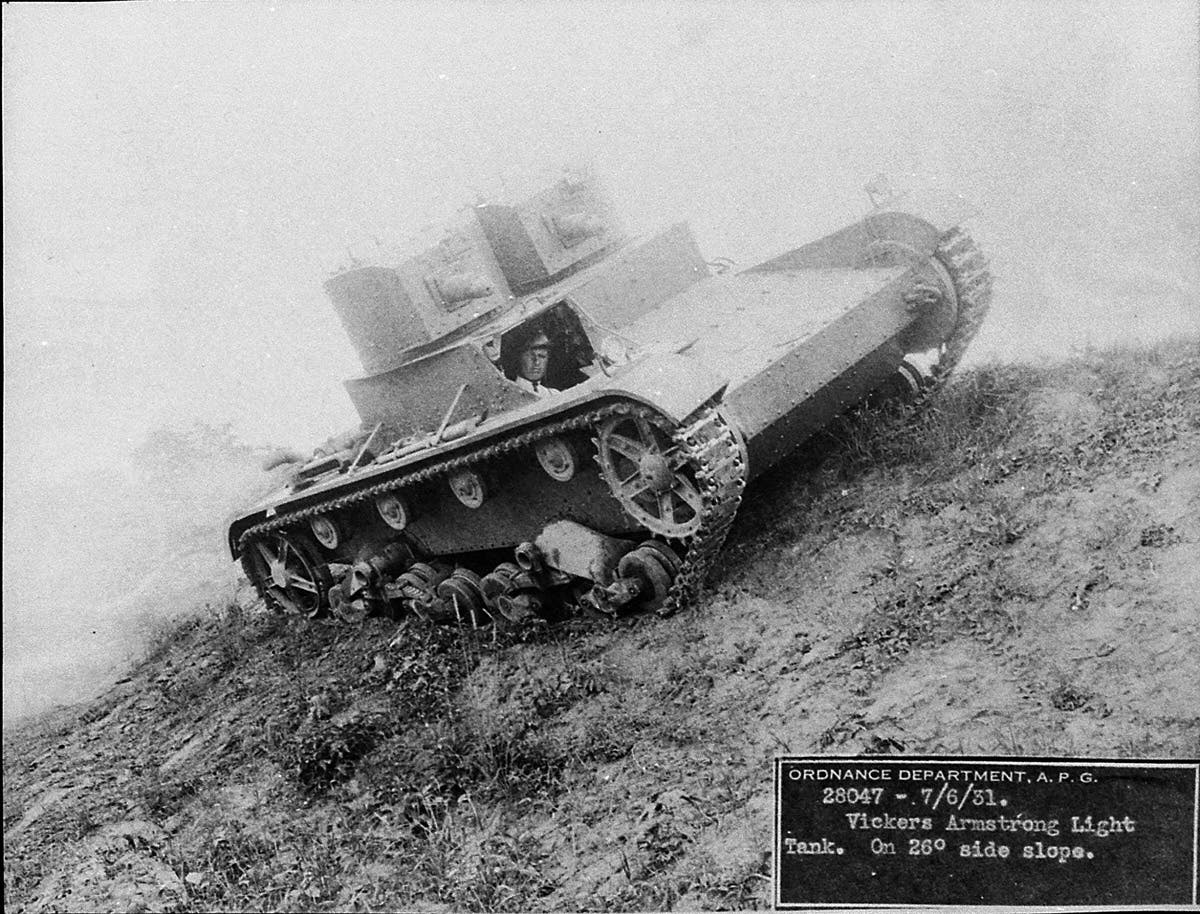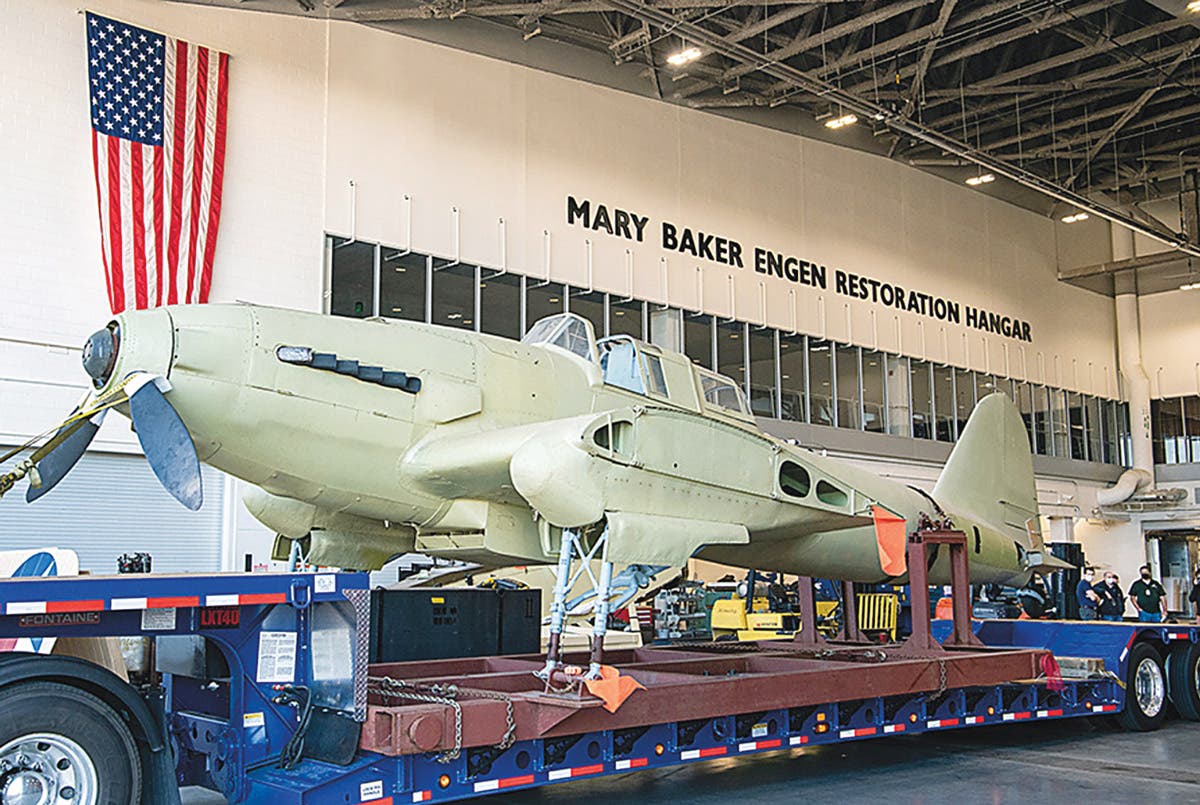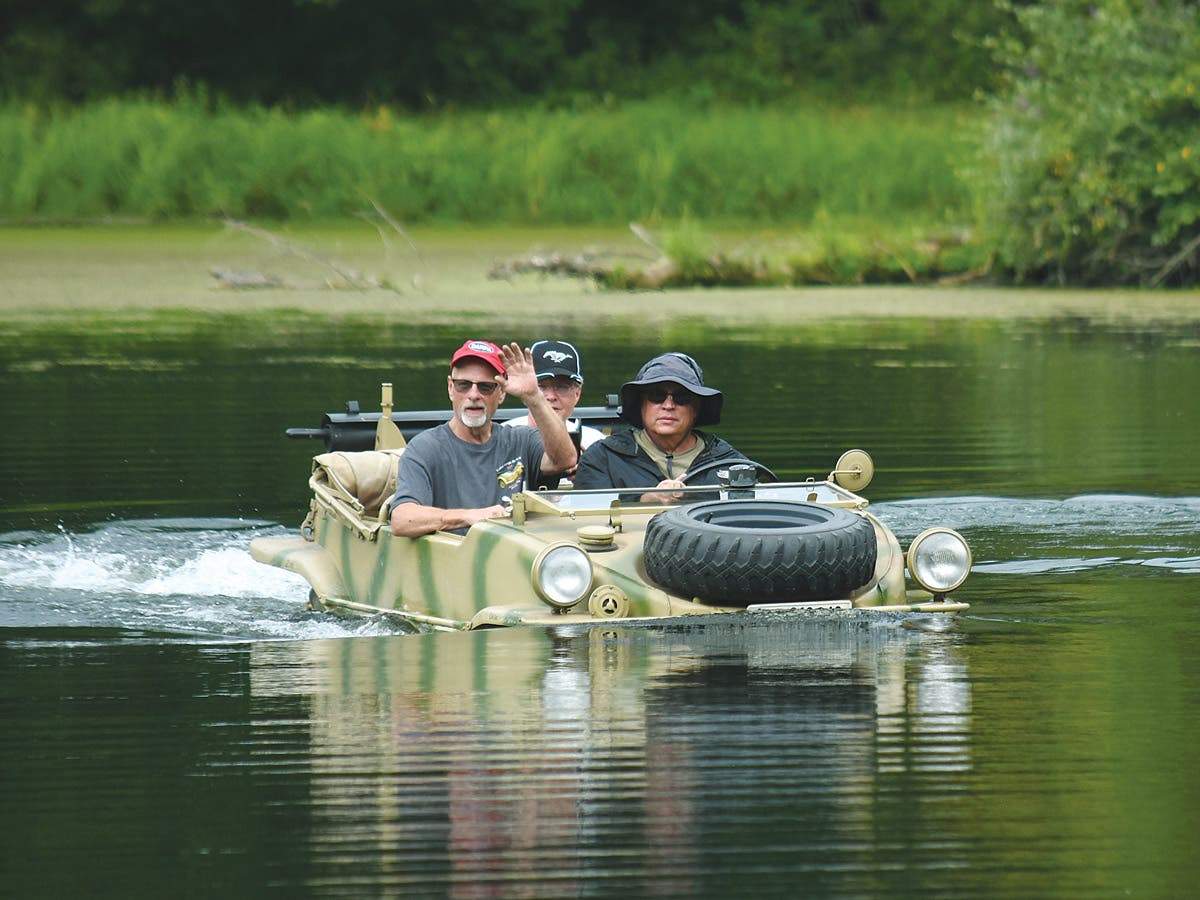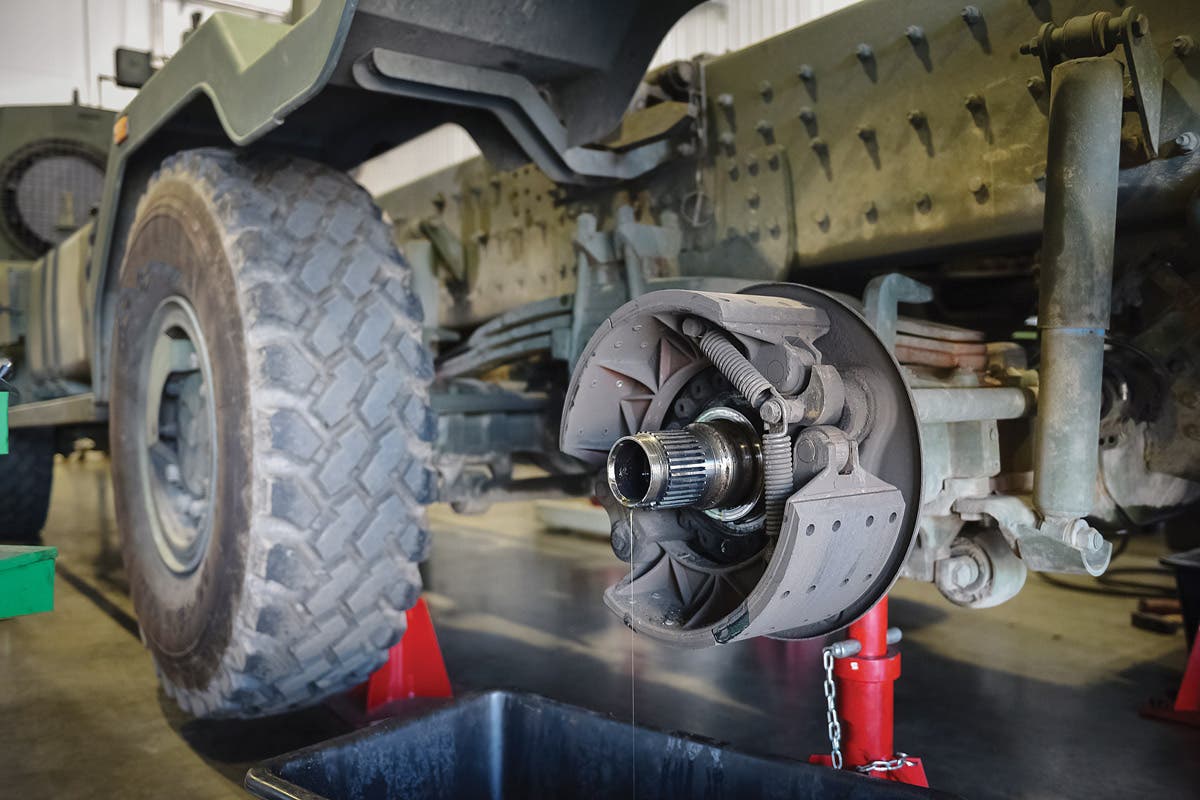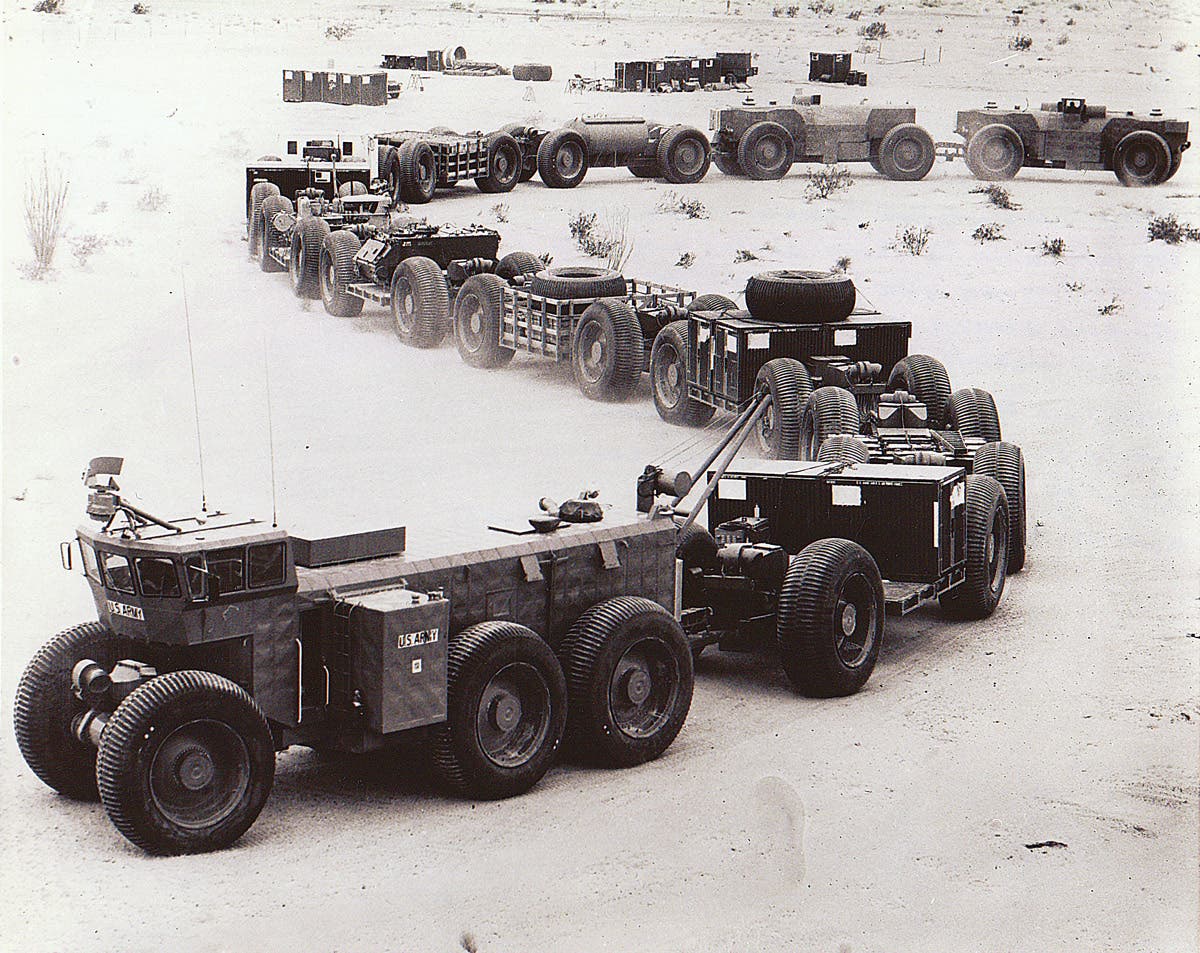The WWII USMC Holden Jeep Ambulance
During WW2, US Marines fighting in the Pacific turned to General Motors-Holden in Australia to produce a Jeep-based Ambulance
As the U.S. Marines began their painful trek across the Pacific, the need for a small, agile ambulance became apparent. The standard USMC ambulance of the day, the 1/2-ton International Harvester M-1-4, was too big, too slow and too scarce to support the upcoming leap-frog invasion strategy.
The Marines turned to General Motors-Holden in Australia for a solution based on the Jeep. Up until 1931, the firm had been independent and was known as “Holden’s Motor Body Builders” and supplied bodies for chassis of most Australian manufacturers. It was not until after WWII that Holden began producing complete automobiles.
It was this body building experience—and their presence in the theater of operation—that made the firm uniquely suited to perform these ambulance conversions. This work was carried out at Holden’s massive facility at Fishermen’s Bend, Melbourne, the same plant that produced a unique variant of the airborne CCKW. Though more properly termed a “battlefield ambulance,” the vehicles are universally known to enthusiasts as “Holden Jeeps.”
Note: According to researcher Mark Van Klaveren, the first first batch of Willys "script" Jeeps where done by Holden. The Fords and later non-script Willys where done by USMC. There was 3 batches done during WWII totaling between 500-800 vehicles.
You may also enjoy:
*As an Amazon Associate, Military Trader / Military Vehicles earns from qualifying purchases.
David Doyle's earliest published works were occasional articles in enthusiast publications aimed at the historic military vehicle restoration hobby. This was a natural outlet for a guy whose collection includes several Vietnam-era vehicles such as M62, M123A1C, M35A2, M36A2C, M292A2, M756, and an M764.
By 1999, his writing efforts grew to include regular features in leading periodicals devoted to the hobby both domestically and internationally, appearing regularly in US, English and Polish publications.
In 2003, David received his a commission to write his first book, The Standard Catalog of U.S. Military Vehicles. Since then, several outlets have published more than 100 of his works. While most of these concern historic military hardware, including aircraft and warships, his volumes on military vehicles, meticulously researched by David and his wife Denise, remain the genre for which he is most recognized. This recognition earned life-time achievement in June 2015, when he was presented Military Vehicle Preservation Association (MVPA) bestowed on him the coveted Bart Vanderveen Award in recognition of “...the individual who has contributed the most to the historic preservation of military vehicles worldwide.”
In addition to all of publishing efforts, David is the editor of the MVPA’s magazine, History in Motion, as well as serving as the organization’s Publications Director. He also maintains a retail outlet for his books online and at shows around the U.S.
